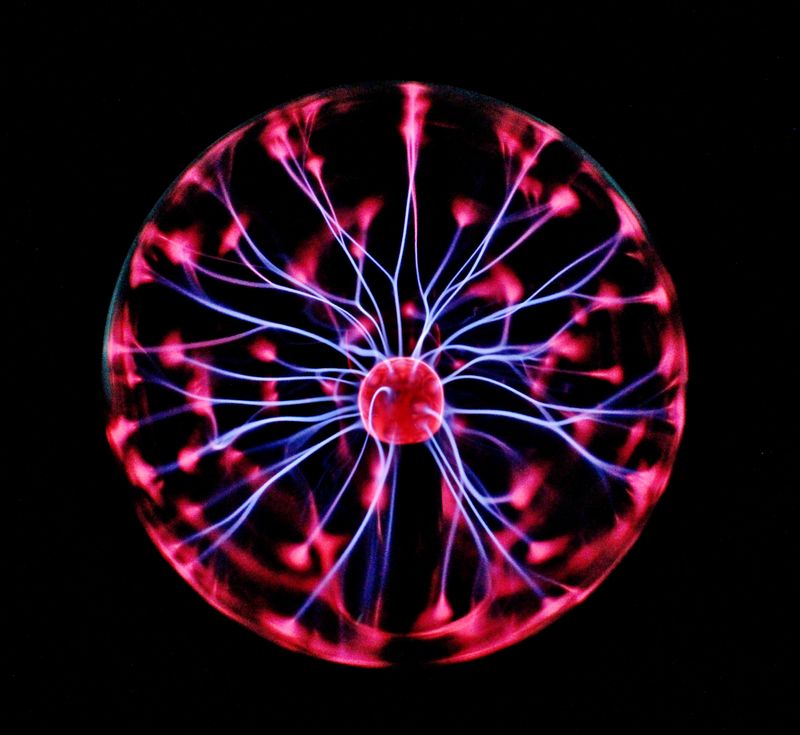Dark Patterns Discovered in Japanese Mobile Apps: A Cause for Concern
Introduction
In a recent study conducted by researchers from the Tokyo Institute of Technology, it has been found that popular Japanese mobile apps employ malicious design elements known as “dark patterns” or deceptive user interface designs. The study also discovered a new class of dark patterns called “Linguistic Dead-Ends,” which include subcategories such as “Untranslation” and “Alphabet Soup.” These deceitful design elements not only have implications for users in Japan but also highlight the influence of language, culture, and design ethics across the globe.
The Rise of Dark Patterns
Dark patterns refer to design elements in user interfaces that lead users to take actions contrary to their original intentions or expectations, often benefiting creators and stakeholders. While extensively studied in Western contexts, the presence of dark patterns in the booming Japanese app market has remained unexplored. This study shines a light on the prevalence of dark patterns in Japanese mobile apps, with an average of 3.9 deceitful design elements per app.
Linguistic Dead-Ends: A Unique Discovery
The researchers classified the dark patterns into six classes, five of which were already established in previous research. However, the study identified a novel class of dark patterns called “Linguistic Dead-Ends,” which comprises two distinct subclasses: “Untranslation” and “Alphabet Soup.” Untranslation refers to language and symbol use that prevents users from understanding crucial functionality in an app, even if the rest of the app is in the local language. On the other hand, Alphabet Soup involves the use of characters from the local syllabary to construct words that may seem legitimate but are nonsensical upon closer inspection.
Cultural and Linguistic Influences on Dark Patterns
The study highlights the significance of considering language and cultural differences when evaluating and researching dark patterns. The researchers found that the average number of dark patterns per app in the Western app market is higher (7.4) compared to the Japanese app market (3.9). This suggests that cultural awareness plays a pivotal role in shaping how dark patterns are employed across different regions.
Implications for App Development and User Experience
This research emphasizes the need for cross-cultural investigations into dark patterns and their impact on user perceptions and responses. By uncovering the presence of dark patterns in Japanese mobile apps, the study calls for more user-centered and culturally-sensitive design practices in the ever-evolving landscape of app development. Designers and developers should be aware of the potential harm caused by dark patterns and consider the ethical implications of their design choices.
Conclusion
The discovery of dark patterns in Japanese mobile apps raises concerns about deceptive design practices and their impact on user experience. The study‘s findings highlight the importance of cultural and linguistic considerations in the evaluation and research of dark patterns. As the app market continues to evolve, it is crucial for designers and developers to prioritize user-centered design practices that prioritize transparency, trust, and ethical standards.
References:
- Hidaka, S., et al. “Linguistic Dead-Ends and Alphabet Soup: Finding Dark Patterns in Japanese Apps.” Proceedings of the 2023 CHI Conference on Human Factors in Computing Systems (2023)
- Provided by Tokyo Institute of Technology
- “Researchers find ‘dark patterns’ in Japanese mobile apps” (2023, September 29), retrieved 29 September 2023 from https://techxplore.com/news/2023-09-dark-patterns-japanese-mobile-apps.html

<< photo by Sara Free >>
The image is for illustrative purposes only and does not depict the actual situation.
You might want to read !
- National Security Agency Launches AI Security Center: Protecting the Digital Frontier
- The Vulnerability of Apache NiFi: A Prime Target for Hackers
- The Looming Threat: CISA Raises Alarm Over Ongoing Attacks Exploiting Old JBoss RichFaces Vulnerability
- Privacy and Security in the Palm of Your Hand: Exploring the Rise of Community-Based Mobile Apps
- The Rise of CherryBlos: How OCR Technology is Being Exploited to Steal Android Users’ Cryptocurrency
- The Skyrocketing Menace of Spyware: Over 400 Million Apps Downloaded Through Google Play
- Exploring the Urgency of NIST’s Final Version of 800-82r3 OT Security Guide
- Ramping up Cyber Infiltration: China’s BlackTech Group Strikes U.S. and Japanese Businesses
- The Growing Threat: Unveiling a New Cisco IOS Zero-Day Attack
- The Rise of Unprecedented Cyber Threats: Cisco IOS Vulnerability Exposes Double Trouble
- Unveiling the Dual Impact of the New Cisco IOS Zero-Day Vulnerability




